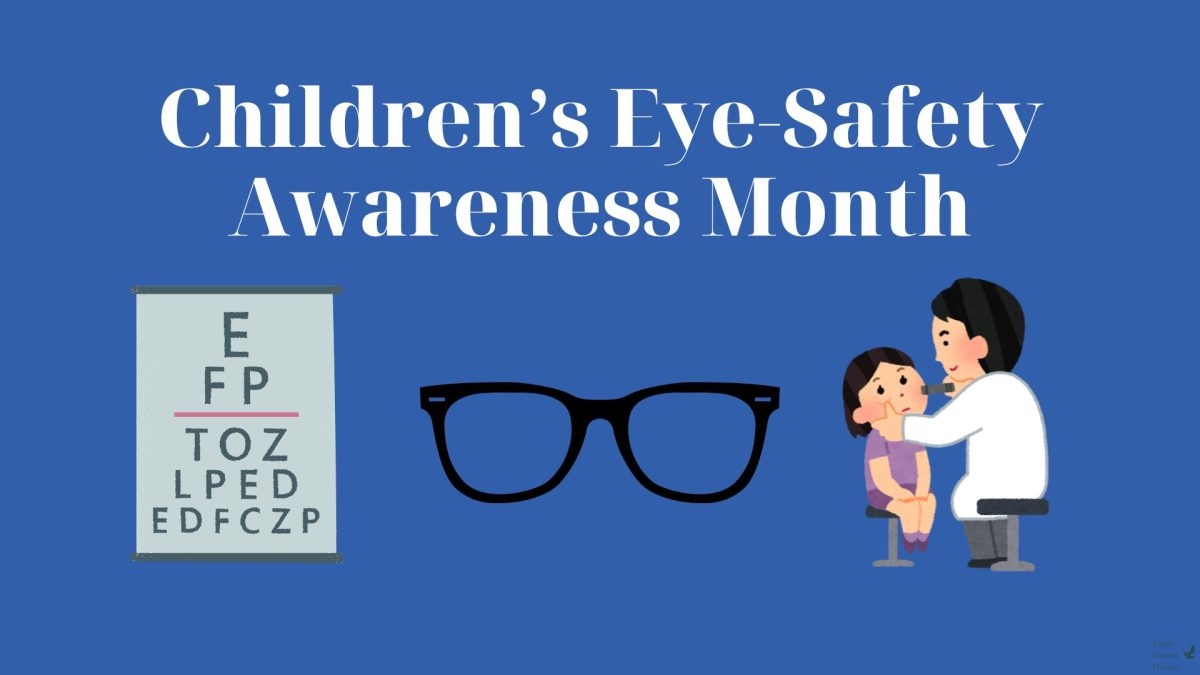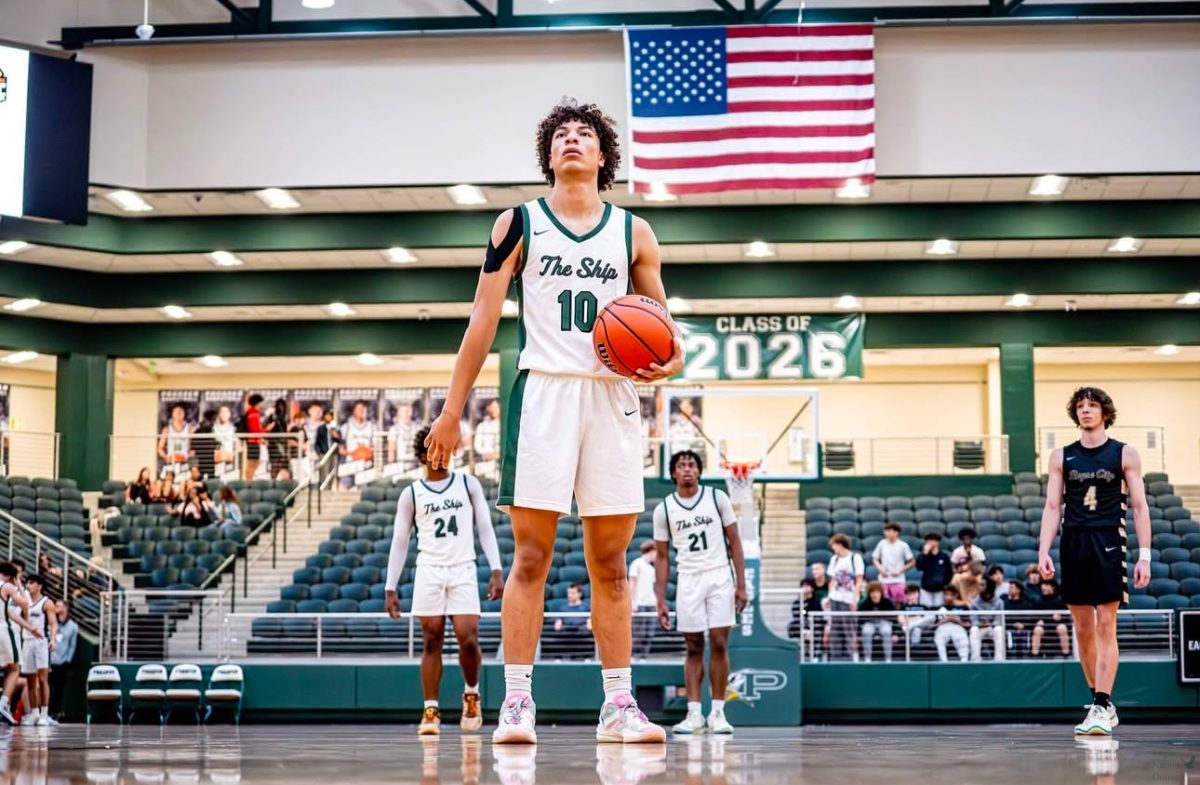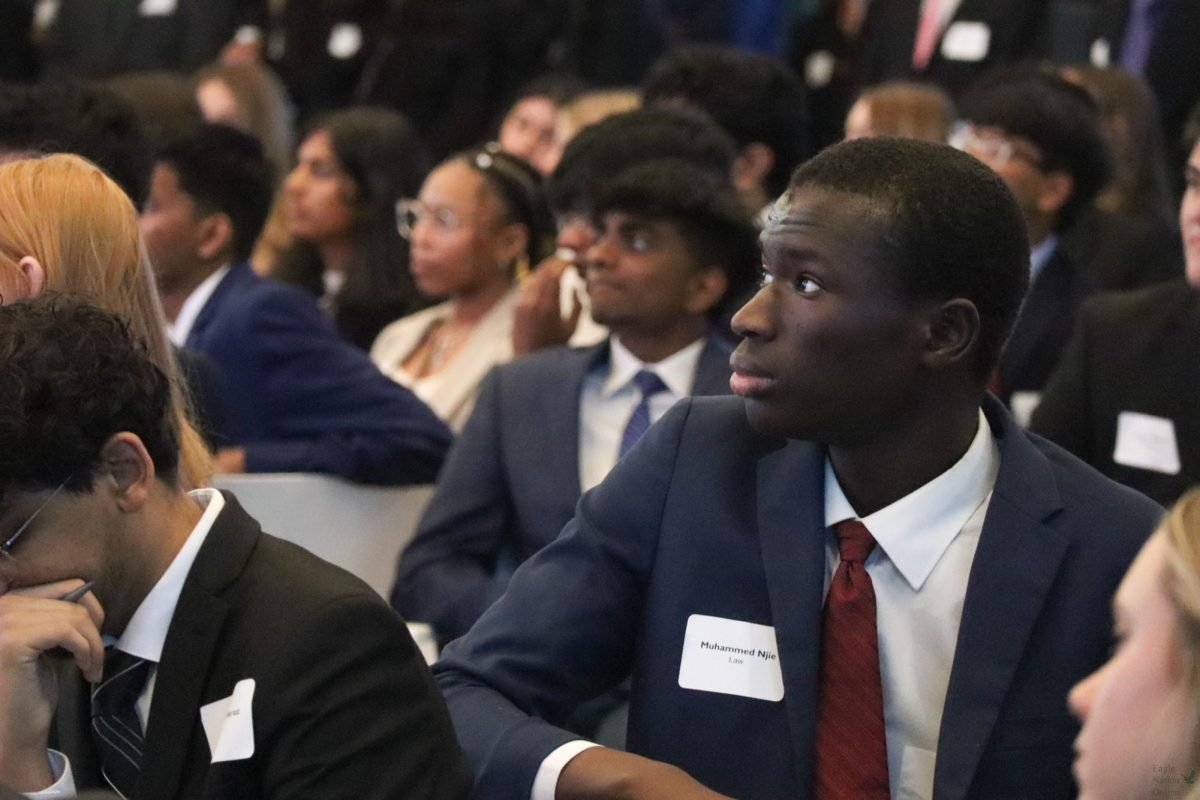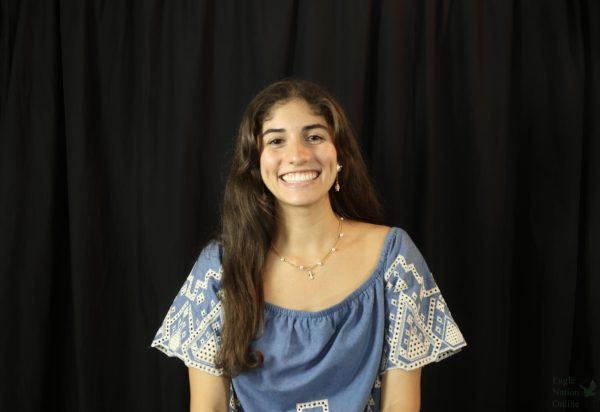The month of August, declared by Prevent Blindness, marks Children’s Eye Safety Awareness Month. The goal is to better educate parents, professionals and policymakers regarding the importance of eye and vision safety when it comes to children’s learning, development and social activities.
Taking your child to the doctor at a young age and bringing them to checkups can help with reducing potential eye conditions if they are caught early on. Untreated eye conditions or poor vision may lead to delays in development and can affect the way the child learns. Here are just a few of the signs you can catch early on to see if your kid may have an eye condition:
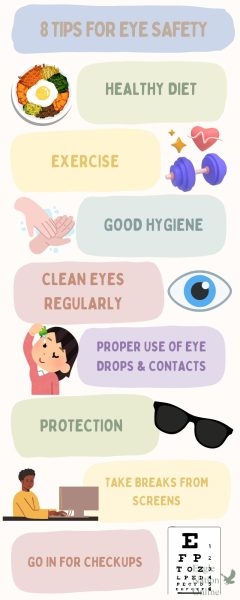
- Watery, red or itchy eyes
- Squinting and rubbing
- Blinking more than usually
- Sensitivity to light
- Holding an object close or far away from the face to see
- Having trouble focusing
- Clumsiness
- Misaligned eyes
Most Common Pediatric Eye Conditions
- Astigmatism
- Myopia (nearsightedness)
- Hyperopia (farsightedness)
- Amblyopia (lazy eye)
- Binocular Vision Dysfunction (BVD)
- Convergence Insufficiency
- Nystagmus
- Pediatric cataracts
- Strabismus
Checkups, How Often?
According to Medical Optometry America, your child’s first eye exam should be between zero and six months. The second visit is recommended when they turn three. The third eye exam is encouraged to be before the first grade (age five to six). After that, children should have checkups at least every two years (age six to 18).
Screen Time
Excessive screen time can lead to myopia, eye strain and disruptive sleep for kids. It is vital that kids are taking a break to rest their eyes from the screen. The amount of recommended screen time varies per age. Some ways to protect children’s eyes during screen time are making sure they are blinking for moisture, adding eye drops to your routine for those with dry eyes, keeping the device not to close to your face and implementing device breaks.
Preventing Injuries and Conditions
You can prevent injuries and eye conditions from occurring by making sure you and your child maintain a healthy diet, get regular checkups, maintain good hygiene, clean eyes regularly, wear eye protection (sunglasses, goggles in hazardous settings), use eye drops when necessary, properly use contact lenses, take breaks from screens and check in with your eye doctor.
Putting in the extra effort to notice signs, schedule appointments, monitor your kids screen time and taking all the measures to protect your child’s eyes can leave an impact, not only on their health, but on how they learn and develop. Take the time to pay attention to your kids’ eye health because it will be critical in the long run and always reach out to your health provider or eye doctor if you have any concerns.



